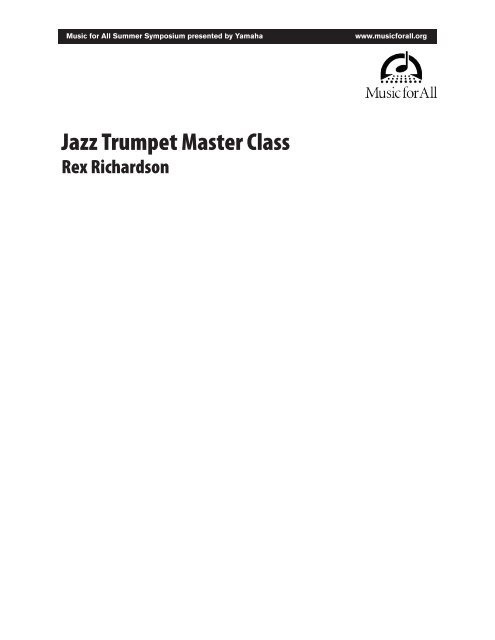

If you’ve ever heard a tuba player play a few notes on trombone, for example, the sound is beautiful! This is because they have a more relaxed approach to embouchure and they’re in the habit of using more air than trombonists generally use. The problem of squeezing the embouchure too much is common even in college players. To move toward a thicker, more robust tone, relax in general, use less “squeeze” in your lips, and try opening up the aperture (the hole in the embouchure) a little more. Generally speaking, most people simply don’t use enough air to give their tone a full, robust quality.ģ) Small or Nasal Tone-The most common tone problem for beginning and intermediate trombonists is a small, nasal sound. Relax, take in a little more air than you think you need, and exhale that air freely as you play (don’t try to meter the air with your lips). Air is the equivalent of bowing technique for strings. Flood your brain with good sound!Ģ) Air-Feed the sound with lots of air. For recordings, I recommend Joseph Alessi. If you have no real idea how you would like to sound, your chances of ending up with great tone are pretty low. Listen to great recordings and live performances.

Below are some suggestions for improving tone and attending to this highest of priorities.ġ) Ideal Tone-Be sure to have a clear ideal sound in your head. Without good tone, nothing else you can do really counts. Tone, of course, is the first of these priorities. If a player is in good shape in all 3 of these areas, chances of success in almost any performance, audition, or competition are high. There are 3 “non-negotiables” in trombone playing: 1) tone, 2) intonation, and 3) time/rhythm.


 0 kommentar(er)
0 kommentar(er)
